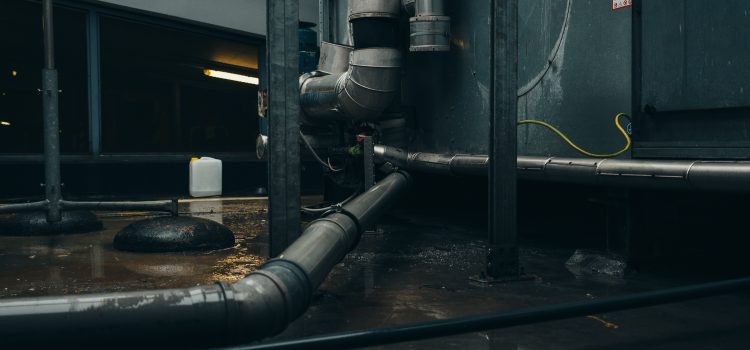
Papermaking is a complex process that has been refined over centuries. It involves several steps, including preparing the fibers, forming the paper sheet, pressing and drying the sheet, and finishing the paper.
The first step in the papermaking process is preparing the fibers. This involves breaking down raw materials, such as wood, into a pulp. The pulp is then refined to create a consistent mixture that can be used to form the paper sheet.
The next step is forming the paper sheet. This can be done by hand or by machine, and it involves spreading the pulp mixture onto a screen or wire mesh. The water is then removed from the sheet, leaving behind a thin layer of fibers.
Once the sheet has been formed, it is pressed and dried. This helps to remove any remaining water and create a smooth surface on the sheet. Finally, the sheet is finished, which can involve adding coatings, sizing, or other treatments to improve its properties.
Crafting the perfect sheet of paper requires a balance between art and science. The quality of the raw materials, the skill of the papermaker, and the precision of the equipment all play a role in creating a high-quality sheet of paper.
But the art of papermaking goes beyond just the technical aspects of the process. It also involves creativity, innovation, and a deep understanding of the properties and characteristics of paper.
Throughout history, paper has been used for a wide range of purposes, from communication and education to art and literature. Today, paper remains an essential part of our daily lives, even as digital technology continues to transform the way we communicate and share information.
In conclusion, the art and science of papermaking is a fascinating journey that requires skill, knowledge, and creativity. Crafting the perfect sheet of paper is a complex process that has been refined over centuries, and it continues to evolve and adapt to changing times. Whether it is used for communication, art, or other purposes, paper remains an enduring and essential part of our lives.










